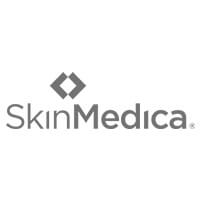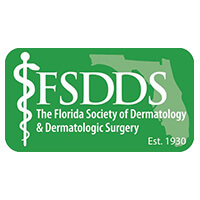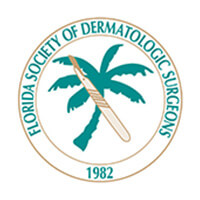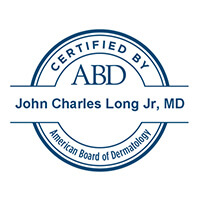Acne Treatment
Helping Patients Overcome Mild to Severe Acne
Acne is a common skin condition that causes pimples or “zits.”
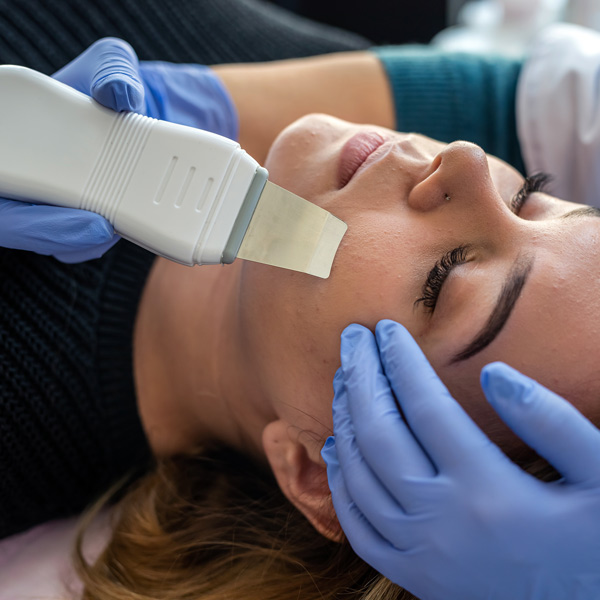
Symptoms
Acne commonly appears on the face, upper back, and shoulders, but it may also occur on the arms, legs, and buttocks.
- Blackheads
- Crusting of skin bumps
- Cysts
- Papules (small red bumps)
- Pustules
- Redness around the skin erupts
- Scarring of the skin
- Whiteheads
Causes, Incidence & Risk Factors
Acne occurs when three events occur simultaneously:
1. Clogged Pores
- Tiny holes on the surface of the skin pores become clogged.
- Each pore opens to a follicle. A follicle contains a hair and an oil gland. The oil released by the gland helps remove old skin cells and keeps your skin soft.
2. Over Productive Glands
- Glands produce too much oil and the pores can become blocked. Dirt, bacteria, and cells build up. The blockage is called a comedone.
- If the top of the plug is white, it is called a whitehead.
- If the top of the plug is dark, it is called a blackhead.
- If the plug breaks open, swelling and red bumps occur.
- Acne that is deep in your skin can cause hard, painful cysts. This is called cystic acne.
3. Bacterial Overgrowth
- Bacterial overgrowth due to excess oil production which is a food source for the bacteria.
Acne is most common in teenagers, but anyone can get acne, even babies. Three out of four teenagers have some acne. Hormonal changes may cause the skin to be more oily.
- Acne tends to run in families. It may be triggered by:
- Hormonal changes related to puberty, menstrual periods, pregnancy, birth control pills, or stress.
- Greasy or oily cosmetics and hair products.
- Certain drugs such as; steroids, testosterone, estrogen, and phenytoin.
- High levels of humidity and sweating.
Research does not show that chocolate, nuts, and greasy foods cause acne.


